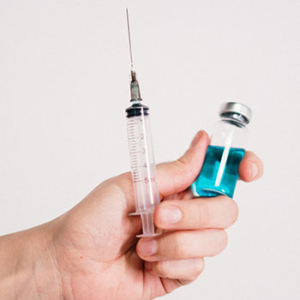 Thus far, 2020 is proving to be a remarkable — and stressful — year. With civil unrest, COVID-19, and an election year, things are likely to continue being volatile. At least, until the presidential election is over. So far, the markets have been shown to be very resilient. The question is: will financial markets stay resilient, or will they eventually give way to the host of pressures?
Thus far, 2020 is proving to be a remarkable — and stressful — year. With civil unrest, COVID-19, and an election year, things are likely to continue being volatile. At least, until the presidential election is over. So far, the markets have been shown to be very resilient. The question is: will financial markets stay resilient, or will they eventually give way to the host of pressures?
Bonds and interest rates may hold part of the answer
For investors, the first place in seeking an answer may be to first look at bonds and interest rates. Rates have been at historical lows for some time, and the government-mandated shutdown of the economy has driven them lower still. It appears obvious that the pandemic is not something we will be done with for some time. While work by pharmaceutical companies, in cooperation with the FDA and the administration,  has been impressive — the widespread availability of treatments and vaccines is probably 6 to 8 months away at minimum. Given this uncertainty alone, there are very few catalysts for driving interest rates higher.
has been impressive — the widespread availability of treatments and vaccines is probably 6 to 8 months away at minimum. Given this uncertainty alone, there are very few catalysts for driving interest rates higher.
The benefits of dividend stocks
With little to no return on cash and cash equivalents, dividend stocks may be a viable option for some. I’ve talked about the value of dividends in the past and is worth revisiting again. I’m a fan of companies that pay sustainable dividends. By this, I am referring to companies that can maintain AND increase dividends. The COVID-19 pandemic has added factors that now must be considered when determining the long-term investment viability of companies.
On companies and government payouts
Also, there are companies who have taken government assistance to help them through the pandemic. To some, this may look like privatizing profits and socializing losses. Companies that have cash on hand vs. taking tax payer assistance to help weather this storm will have far less pressure from the government on how money is utilized. Corporations have demands from labor, future business investment needs and now — political pressure. While there may be a slowdown in share buybacks, dividends tend to be less controversial. One reason for this is that current and — especially — retired employees that are shareholders use dividends to provide income. A rising dividend can increase income through retirement to help offset inflation.
“We’re not all in the same boat but we are all in the same storm on the same ocean.”
 Managing for growth and income is still possible
Managing for growth and income is still possible
Managing a portfolio for both growth and income is more challenging now but is not an insurmountable obstacle. Those of us in the financial industry find ourselves doing a great deal more reading to understand how a pandemic affects all aspects of the economy, and the lives of investors as individuals. The COVID-19 pandemic has affected all of us in different ways. Material on the matter is plentiful, but truly factual information is more difficult to find. The challenges presented have produced stress, but meeting those challenges has also been good for me.
Adversity does, in fact, produce opportunity.
An aside on wearing masks
One more thing about weathering the storm of the pandemic: let’s not make the act of wearing a mask in public a political stance when proper social distancing is not possible. I’ve worn one even while running on a treadmill at the gym — and found it to be quite tolerable.
If we do this and later find it had no benefit, we took an overly cautious approach with very little cost. If we don’t, and find out later that the consequences are great, it impacts everyone not just financially but personally as well.
August 2020
Content in this material is for general information only and not intended to provide specific advice or recommendations for any individual. No strategy assures success or protects against loss. Investing involves risk including loss of principal. The payment of dividends is not guaranteed. Companies may reduce or eliminate the payment of dividends at any given time.

 Managing for growth and income is still possible
Managing for growth and income is still possible


